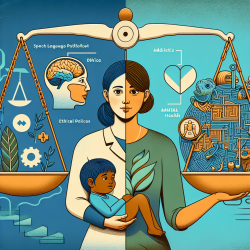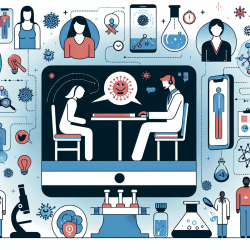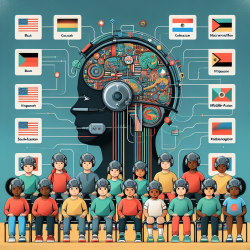The relationship between gross motor function and the components of the International Classification of Functioning (ICF) in children with spastic cerebral palsy (CP) is a critical area of study for practitioners aiming to enhance their therapeutic interventions. The research article titled "Relationship between gross motor function and the function, activity and participation components of the International Classification of Functioning in children with spastic cerebral palsy" provides valuable insights that can help practitioners improve their skills and outcomes for children with CP.
This study, conducted by Byoung-Hee Lee from Sahmyook University, involved 77 children with spastic CP and examined the correlations between various measures of motor function and the ICF components of Function and Activity and Participation. The results revealed significant relationships that can inform better treatment planning and goal setting.
Key Findings
- Children with hemiplegic CP exhibited higher scores in gross motor function, functional independence, and participation compared to those with diplegic and quadriplegic CP.
- There were significant differences in scores based on the severity of CP, categorized as mild, moderate, and severe.
- The ICF component of Activity and Participation showed a strong correlation with gross motor function measures such as GMFM, GMFCS, MACS, and WeeFIM.
Implications for Practitioners
Understanding these relationships is crucial for developing effective intervention strategies. Here are some practical steps practitioners can take:
1. Comprehensive Assessment
Use a combination of GMFM, GMFCS, MACS, and WeeFIM to assess the child's motor function comprehensively. These measures provide a holistic view of the child's abilities and limitations.
2. Tailored Intervention Plans
Develop individualized treatment plans that consider the child's specific type and severity of CP. Focus on enhancing not just motor function but also participation in daily activities and community involvement.
3. Parental and Guardian Education
Educate parents and guardians about the importance of physical activity and participation. Provide them with strategies to encourage their child's involvement in various activities.
4. Use of Assistive Devices
Incorporate assistive devices and tools that can help children with severe CP improve their mobility and participation. These devices can significantly enhance their quality of life.
Encouraging Further Research
While this study provides valuable insights, it also highlights the need for ongoing research. Practitioners are encouraged to stay updated with the latest findings and continuously adapt their approaches based on new evidence. Collaborating with researchers and participating in studies can also contribute to the collective knowledge in this field.
To read the original research paper, please follow this link: Relationship between gross motor function and the function, activity and participation components of the International Classification of Functioning in children with spastic cerebral palsy.










